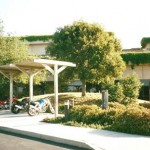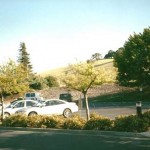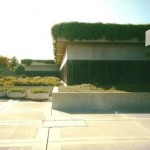First published in Business 2.0 magazine (UK), July 2000
“Place your bets for the floatation roadshow, financing’s answer to the Grand National. It’s not so much about finishing first, more about simply making it to the line.”
It’s late May, and two Internet executives are mentally and physically preparing themselves for the businessman’s version of an Ironman competition. One is nervous, and the other is cocky as they get ready to embark on what, at the best of times, is a rocky, rigorous ordeal and what, in the current climate of stock market decline, seems downright masochistic. They are embarking on their companies’ IPO roadshow. They hope to encourage investment banks and the public to pour hundreds of millions of pounds into their fledgling operations. Continue reading “New York, London, Paris, Munich: Fear and loathing on the IPO trail”




